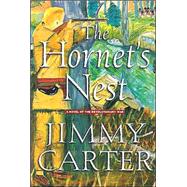The first work of fiction by a President of the United States -- a sweeping novel of the American South and the War of Independence
In his ambitious and deeply rewarding novel, Jimmy Carter brings to life the Revolutionary War as it was fought in the








